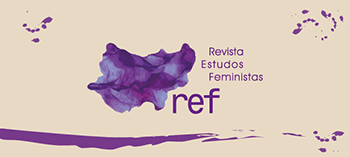Resumo em Português:
No Brasil, as justificativas jurídicas para a realização de uniões entre pessoas do mesmo sexo estão assentadas no aspecto afetivo das relações com o uso do termo "homoafetividade". O objetivo deste estudo é questionar essas justificativas, apontando para as suas repercussões políticas e subjetivas. Os argumentos foram examinados a partir de uma análise de discurso foucaultiana e confrontados com o debate sobre o direto democrático à sexualidade no contexto político e social brasileiro contemporâneo. A análise indica que o Estado está legislando modelos de afeto em vez de garantir um direito democrático da sexualidade, ou seja, usando o discurso do amor romântico e produzindo, mesmo que implicitamente, um quadro regulamentar para as subjetividades com base em demandas particulares. A conclusão apresenta a necessidade de uma justificativa sustentada nos direitos fundamentais (liberdade, igualdade, não-discriminação), os quais, uma vez garantidos, permitiriam que uma esfera pública, laica, formal, universal e abstrata, possa atender aos interesses dos indivíduos, inclusive àqueles baseados no amor romântico, sem ser reduzida a ele
Resumo em Inglês:
In Brazil, the justifications for the realization of these rights are seated in the affective aspect of the relationships between people of the same sex with the use of the term "homoaffection". The aim of this study is to critically examine this justification, pointing to its political and subjective repercussions. Foucauldian discourse analysis was used and the arguments were confronted to the debate on democratic right of sexuality in contemporary Brazilian political, and social context. The analysis indicates that the State is legislating recommending models of affection instead of guaranteeing a democratic right of sexuality, namely using romantic love discourse, even if implicitly, to produce a regulatory framework for subjectivities, based on private demands. We conclude to the need of a justification based on more fundamental rights (freedom, equality, non-discrimination) that, once secured, can ensure, a secular, formal, universal and abstract public sphere that meets the interests of individuals, including those based on romantic love, without being reduced to it
